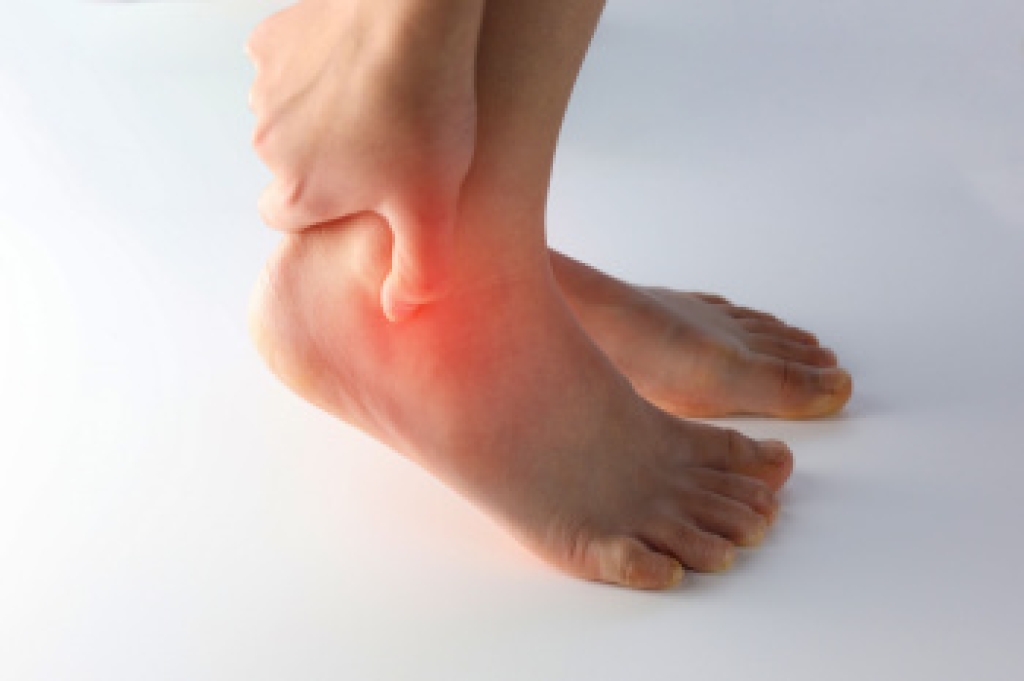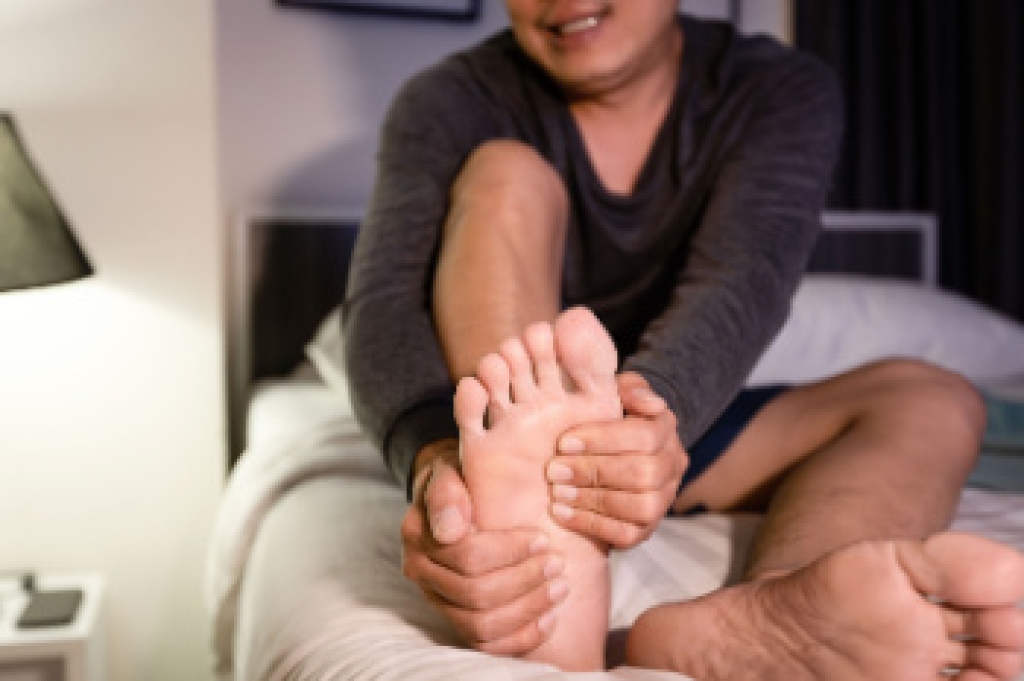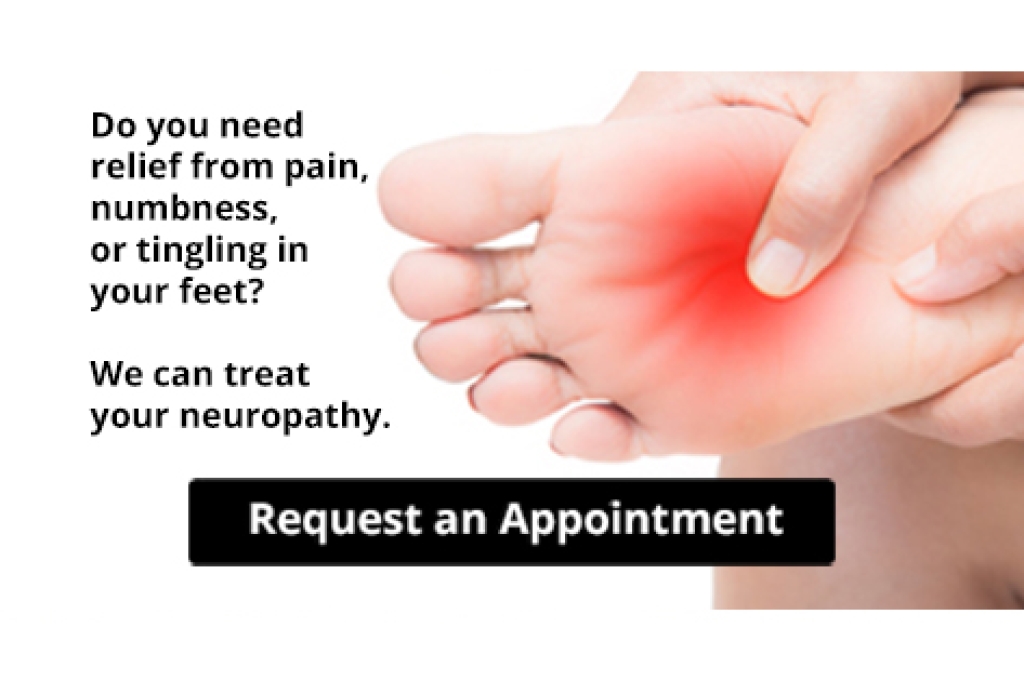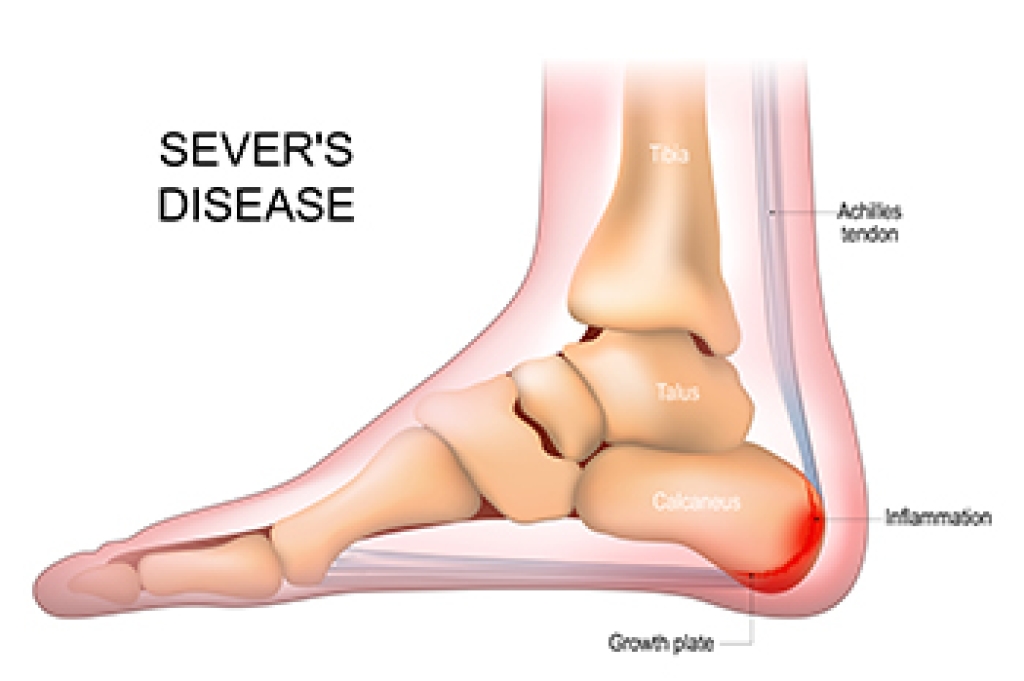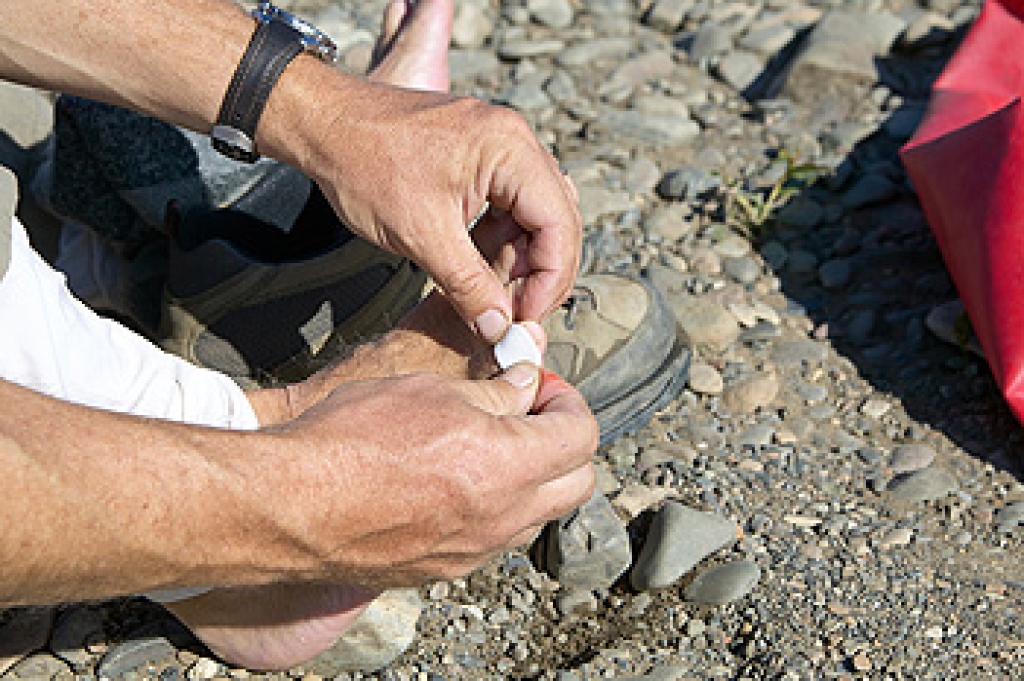
A foot blister is a small fluid-filled pocket that forms when friction irritates the skin. During hiking, blisters often occur because long distances, uneven terrain, and moisture create repeated rubbing between the skin, socks, and shoes. Heat and pressure build up, leading to painful bubble like lesions. Prevention starts with wearing properly fitted footwear, moisture wicking socks, and keeping your feet dry and protected during activity. A podiatrist can assess recurring blisters, address underlying foot mechanics, recommend supportive gear, and treat infection or other complications. If you are dealing with persistent foot blisters that interfere with your activities, it is suggested that you schedule an appointment with a podiatrist to receive safe and sterile care and effective prevention tips.
Blisters are prone to making everyday activities extremely uncomfortable. If your feet are hurting, contact one of our doctors of Godoy Foot and Ankle Center. Our doctors can provide the care you need to keep you pain-free and on your feet.
Foot Blisters
Foot blisters develop as a result of constantly wearing tight or ill-fitting footwear. This happens due to the constant rubbing from the shoe, which can often lead to pain.
What Are Foot Blisters?
A foot blister is a small fluid-filled pocket that forms on the upper-most layer of the skin. Blisters are filled with clear fluid and can lead to blood drainage or pus if the area becomes infected.
How Do Blisters Form?
Blisters on the feet are often the result of constant friction of skin and material, usually by shoe rubbing. Walking in sandals, boots, or shoes that don’t fit properly for long periods of time can result in a blister. Having consistent foot moisture and humidity can easily lead to blister formation.
Prevention & Treatment
It is important to properly care for the affected area in order to prevent infection and ease the pain. Do not lance the blister and use a Band-Aid to provide pain relief. Also, be sure to keep your feet dry and wear proper fitting shoes. If you see blood or pus in a blister, seek assistance from a podiatrist.
If you have any questions, please feel free to contact our office located in Wayne, NJ . We offer the newest diagnostic and treatment technologies for all your foot care needs.
